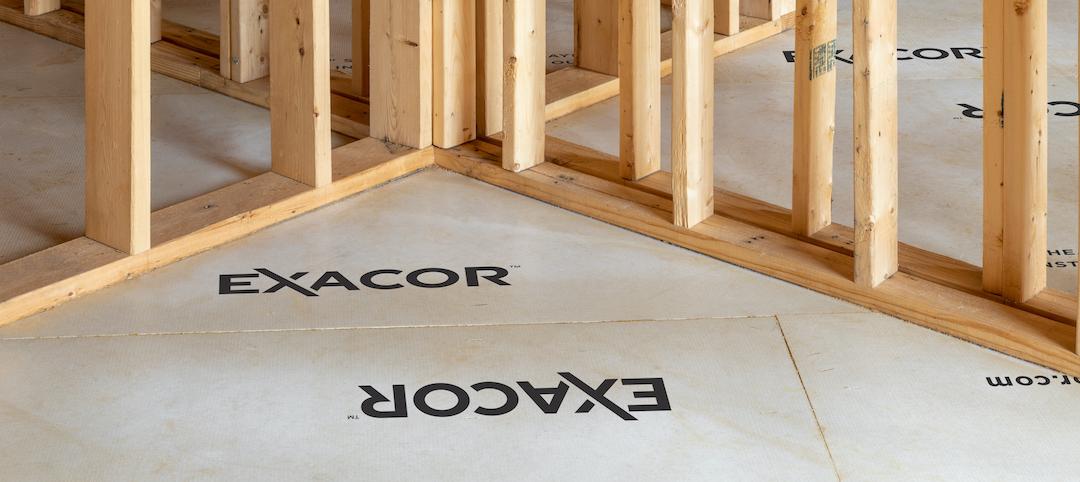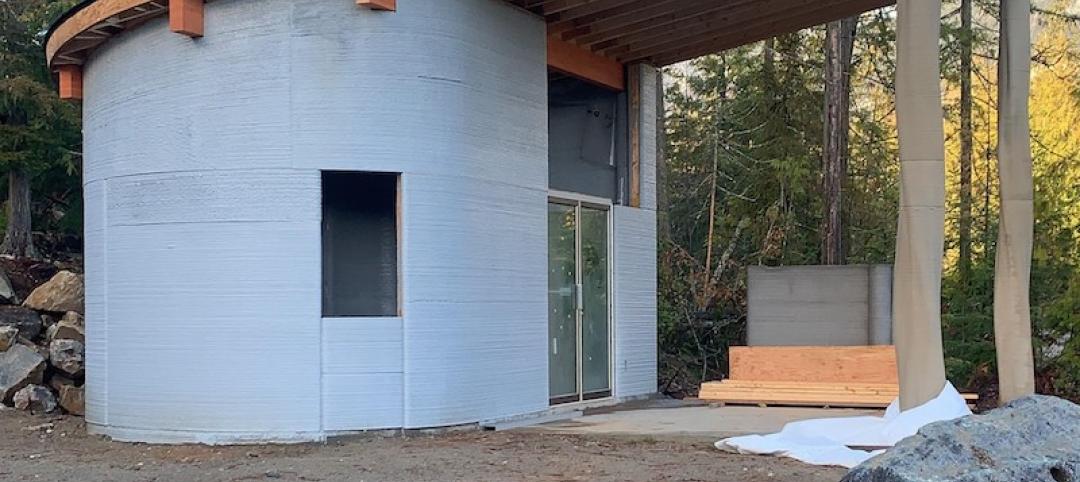At a meeting hosted by the White House Rural Council, Agriculture Secretary Tom Vilsack announced a new partnership to train architects, engineers, and builders about the benefits of advanced wood building materials, and plans for a forthcoming prize competition to design and build high-rise wood demonstration projects.
Innovative use of wood products is already beginning to change the face of construction across the country, and USDA is undertaking efforts to support these advancements. These efforts also support President Obama's Climate Action Plan goal of preserving the role of forests in mitigating climate change.
Wood may be one of the world's oldest building materials, but it is now also one of the most advanced, said Vilsack. Building stronger markets for innovative new wood products supports sustainable forestry, helps buffer reduce greenhouse gas emissions, and puts rural America at the forefront of an emerging industry.
Presently, the market for wood and other related forest products supports more than one million direct jobs, many in rural America. As these markets expand, so will the economic opportunities.
The new training program Secretary Vilsack announced will include a $1 million investment from the Forest Service and will be done in partnership with WoodWorks, a non-profit organization that provides technical support, education, and resources related to the design of modern wood buildings for architects, engineers, and developers.
The Secretary also announced plans to launch a new prize competition, expected to begin later this year, for developers, institutions, organizations, and design teams competing to demonstrate the architectural and commercial viability of using sustainable wood products in high-rise construction.
The Department is planning to invest up to $1 million to launch the competition. One non-profit partner, the Binational Softwood Lumber Council, has committed an additional $1 million for the competition. The competition will help spur increased sustainability in construction and will give priority to applicants that source materials from rural domestic manufacturers and domestic, sustainably-managed forests.
Emerging engineered wood technologies can be used in industrial building projects such as tall buildings and skyscrapers, as well as other projects. By some industry estimates, a 3-5 story building made from emerging wood technologies has the same emissions control as taking up to 550 cars of the road for one year. Wood-based designs have also been demonstrated to improve energy efficiency, thereby reducing energy consumption for heating and cooling.
These announcements were made as part of a the Building With Wood: Jobs and the Environment workshop hosted by the White House Rural Council, which included architects, builders, designers, wood manufactures, foresters, state officials, university leaders and representatives from the USDA, General Services Administration, Department of the Interior, Federal Emergency Management Agency and Department of Defense. They also are part of USDA's overall strategy to promote the use of wood as a green building material. USDA's Forest Products Laboratory in Madison, Wisconsin has invested over $2 million in research and technical support for emerging wood technologies. The Forest Products Laboratory has created additional opportunities for emerging wood technologies to be used in housing developments and other green building demonstration projects.
When President Obama signed the 2014 Farm Bill in February he directed his Administration, working through the White House Rural Council, to lead a new Made in Rural America export and investment initiative. This initiative is charged with bringing together federal resources to help rural businesses and leaders take advantage of new investment opportunities and access new customers and markets both at home and abroad. White House Rural Council leadership on advanced wood products is an example of how the Administration is moving forward on dual goals of domestic production and sustainability.
Related Stories
Building Materials | Nov 29, 2021
Daltile expands its Unity Collection of porcelain tiles with a new color
Addition of "Taupe" gives Daltile's Unity Collection three warm and three cool colors.
Urban Planning | Nov 11, 2021
Reimagining the concrete and steel jungle, SOM sees buildings that absorb more carbon than they emit
The firm presented its case for a cleaner built environment during the Climate Change conference in Scotland.
Sustainability | Oct 28, 2021
Reducing embodied carbon in construction, with sustainability leader Sarah King
Sustainability leader Sarah King explains how developers and contractors can use the new EC3 software tool to reduce embodied carbon in their buildings.
Sponsored | Glass and Glazing | Oct 1, 2021
Specifying Responsibly to Save Birds’ Lives
Realizing sustainable, bird-friendly glass design
Sponsored | Glass and Glazing | Oct 1, 2021
Seizing the Daylight with BIPV Glass
Glass has always been an idea generator. Now, it’s also a clean energy generator.
Wood | May 14, 2021
What's next for mass timber design?
An architect who has worked on some of the nation's largest and most significant mass timber construction projects shares his thoughts on the latest design trends and innovations in mass timber.
3D Printing | Nov 27, 2020
The Fibonacci House: A test case of 3D construction printing
The Fibonacci House, which we have named after Leonardo Fibonacci, the medieval Italian mathematician, illustrates the potential of 3DCP and demonstrates how a complex design and challenging logistics can be solved through pragmatic planning and 3DCP technology.

















